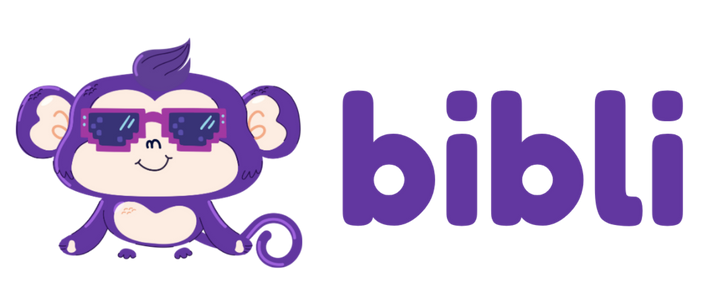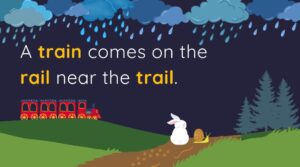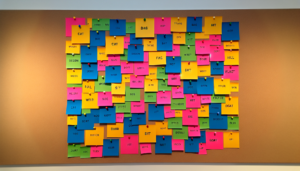
What is Vocabulary?
Vocabulary is the collection of words a person knows and uses. It includes all the words you understand when you hear or read them, and the words you use when you speak or write. Having a good vocabulary means you can understand more and communicate better.
A good vocabulary is essential for clear and effective communication. It helps us express our thoughts and understand others. It also improves reading, writing, and learning by providing the words needed to understand and share ideas. In daily conversations, work, and school, a strong vocabulary helps us express thoughts, follow discussions, and participate confidently.
Teaching Vocabulary
| Preschool Learners (3-5 years): Teaching vocabulary to preschool learners involves several strategies that engage children in actively understanding and using new words. |
Here are some simple and effective methods:
|
Example: Activities: Use flashcards or write these words on paper and have the child say them out loud.
|
||||||||||
|
Example: Show a picture of a cat and say, “This is a cat.”
|
||||||||||
When reading a story, point out and emphasize new words. |
Example:
|
||||||||||
Songs and rhymes are fun and help with learning new words and word repetition. |
Example: “Baa Baa Black Sheep” Head Shoulders Knees and Toes If You Happy and You Know It Clap Your Hands |
||||||||||
|
Example:
|
||||||||||
Teach words by grouping them into categories like animals, colors, and foods. |
(Learn more about this in the next section.) | ||||||||||
|
Example: Hold up a stick and say, “This is a stick.” |
Example: Activities: Use flashcards or write these words on paper and have the child say them out loud.
|
||||||||||
Example: Show a picture of a cat and say, “This is a cat.”
|
||||||||||
When reading a story, point out and emphasize new words. Example:
|
||||||||||
Songs and rhymes are fun and help with learning new words and word repetition. Example: |
||||||||||
|
||||||||||
Teach words by grouping them into categories like animals, colors, and foods. (Learn more about this in the next section.) |
||||||||||
Example: Hold up a stick and say, “This is a stick.”
|
| Elementary School Learners (6-12 years): As children move into elementary school, their ability to understand and use more complex vocabulary increases. It’s important to use a variety of engaging methods to help them learn new words and build a strong vocabulary. Some strategies like Word Wall and Choose a Category used in preschool can also be used here by adding complex words. |
Here are some other effective strategies:
- Interactive Reading: Engage with books with rich vocabulary and discuss the meanings of new words.
- Writing Practice: Encourage students to use new vocabulary words in sentences and short stories.
- Educational Games: Use of word games can help students learn new words in an interactive way. Some of these games are:
- Word Bingo (LINK learn how to play word bingo)
- Word Search (LINK make your own word search)
- Hangman (LINK learn to play hangman)
- Scramble Word (LINK make your own scramble word worksheet)
- Word Journal: Have students keep a journal of new words they encounter and use them in sentences.
Example: “Each week, write down five new words you learned and write a sentence for each.”
- Using a Dictionary: Teach students how to use a dictionary to find the meanings of unknown words.
| Middle and High School Learners (12 years and above): As learners reach 12 years and older, their cognitive abilities allow them to understand more abstract and sophisticated vocabulary. They are ready to tackle complex texts and engage in deeper discussions. Here are some effective strategies to teach vocabulary to this age group. All of the strategies for elementary learners can also be used for these learners. |
Here are some other effective strategies:
| Contextual Learning: Encourage students to deduce the meaning of new words from the context in which they appear. | Example: “In the sentence ‘The scientist’s hypothesis was later corroborated by further experiments,’ what do you think ‘corroborated’ means?” |
| Word Roots, Prefixes, and Suffixes: Teach the meanings of common roots, prefixes, and suffixes to help students decode unfamiliar words. | Example: “The prefix ‘bio-‘ means ‘life.’ So, ‘biology’ is the study of life.” or “The prefix ‘un-‘ means ‘not.’ So, ‘unhappy’ means ‘not happy’.” |
| Multimedia Learning: Use multimedia resources like movies, podcasts, videos, audio, etc. to introduce and reinforce new vocabulary in different contexts. | Example: “Watch a documentary and note down any new vocabulary words used.” |
Check out : Word Lists by Category
Check Out: Word Lists by Category
Word Meanings
Match Words with Pictures
Sight Words






